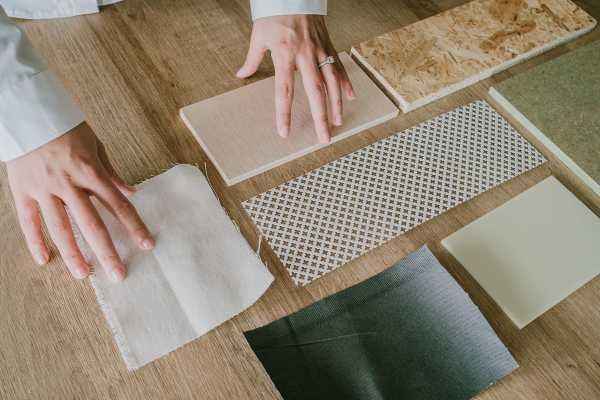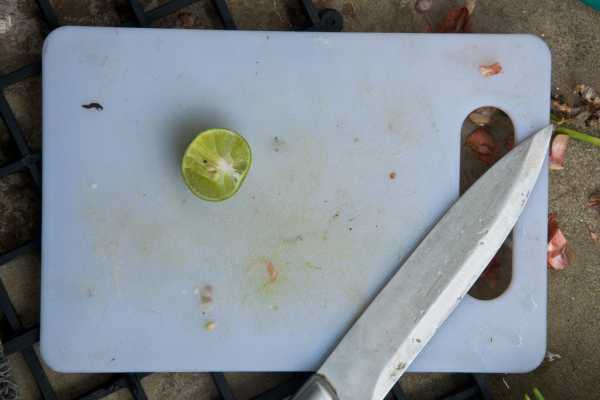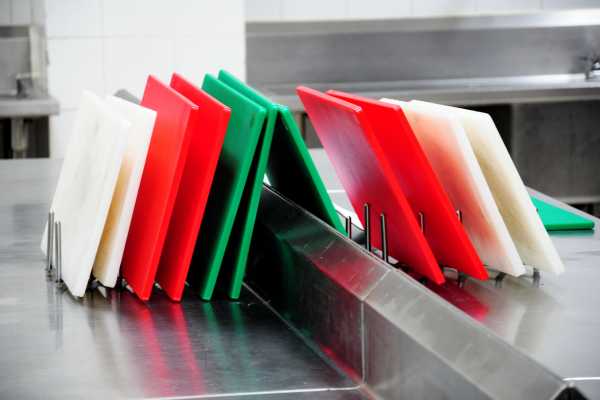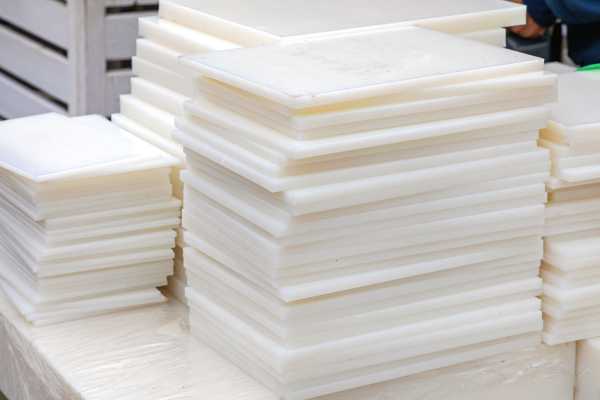Choosing the right cutting board is pivotal for both culinary efficiency and kitchen safety. In the quest for the most suitable material, many opt for plastic due to its durability and ease of maintenance. But what plastic are cutting boards made of, exactly? This article delves into the various types of plastics commonly used, such as polyethylene and polypropylene, discussing their benefits and potential drawbacks. Whether you’re a professional chef or a home cooking enthusiast, understanding the composition of your tools is crucial. Read on to uncover the specifics of plastic cutting boards and how they align with health standards and culinary demands.
Overview of Cutting Board Materials

Cutting boards come in a variety of materials, each with its own set of advantages. Wood offers a classic aesthetic and gentleness on knives, while bamboo stands out for its sustainability and toughness. Glass cutting boards are prized for their hygienic qualities and modern look, though they can be tough on knife edges. Plastic, however, remains a popular choice due to its affordability, lightweight nature, and ease of sanitization. This article explores why many users and professional kitchens continue to favor plastic cutting boards despite the wide array of alternatives available, highlighting the practical benefits that make plastic a go-to material in culinary settings.
The Basics of Plastic as a Material
Plastic stands out as a preferred material for kitchen applications, primarily due to its remarkable durability and ease of maintenance. Its inherent properties, such as resistance to staining and moisture, make it an ideal choice for cutting boards. Plastic’s non-porous surface prevents the absorption of liquids and odors, facilitating straightforward cleaning and disinfecting routines. Additionally, this material’s ability to withstand constant chopping and slicing without significant wear ensures that plastic cutting boards remain a hygienic and reliable tool in both home and professional kitchens. As such, plastic offers a practical solution for chefs seeking efficiency and longevity in their culinary tools.
Types of Plastic Used in Cutting Boards

Plastic cutting boards are often crafted from several types of polymers, each chosen for its unique properties. The most common types include polyethylene (PE), known for its resilience and ease of cleaning. Polypropylene (PP) is another popular choice, valued for its resistance to high temperatures and chemical wear, making it ideal for rigorous kitchen use. High-density polyethylene (HDPE) is favored for its strength and durability, standing up well to repeated slicing and dicing. These materials ensure that plastic cutting boards can handle a variety of culinary tasks while maintaining hygiene and structural integrity. Understanding these plastics can help consumers make informed decisions about their kitchen tools.
Advantages of Plastic Cutting Boards

Plastic cutting boards offer several compelling advantages that make them a popular choice in both commercial kitchens and home settings. Foremost among these is their hygienic nature; the non-porous surface prevents bacteria and odors from penetrating, ensuring a cleaner prep area. Additionally, plastic boards are incredibly easy to maintain and clean, often requiring just a simple soap and water rinse. They are also highly cost-effective, combining long-lasting durability with affordability. Whether you’re dicing vegetables or slicing meat, a plastic cutting board provides a reliable and sanitary surface that withstands the rigors of daily cooking.
Disadvantages of Plastic Cutting Boards

While plastic cutting boards are prized for their affordability and ease of cleaning, they come with notable disadvantages. The surface of plastic boards can easily develop deep scratches and grooves, becoming havens for bacteria accumulation. This makes thorough disinfection essential after each use to maintain food safety. Additionally, plastic cutting boards raise environmental concerns. Being non-biodegradable, they contribute to long-term waste issues when disposed of improperly. These factors are crucial to consider for those prioritizing hygiene and environmental sustainability in their kitchen practices.
Safety Considerations
Safety is paramount when selecting kitchen tools, especially cutting boards, where the choice of material directly impacts food safety. Plastic cutting boards, popular for their durability, require scrutiny to avoid potential health hazards such as BPA exposure. To ensure safety, opt for BPA-free plastics and regularly inspect your board for deep scratches that can harbor bacteria. Maintaining your plastic cutting board involves thorough cleaning and occasional deep disinfection, which help minimize risks and extend its life. Always prioritize products that meet rigorous health standards to safeguard your food preparation process effectively.
Maintenance Tips for Plastic Cutting Boards

Maintaining your plastic cutting board is essential to ensure its longevity and prevent contamination. Regular cleaning should involve washing with hot, soapy water immediately after use, especially after barbed raw meat, poultry, or seafood. For deep disinfection, a solution of bleach and water can be used periodically. Avoid abrasive scrubs that can create grooves where bacteria thrive. It’s crucial to inspect your board regularly for deep cuts or warping. If noticeable grooves or damage appear, it’s time to replace the board to keep your food prep areas safe and hygienic. Proper care not only extends the life of your cutting board but also supports a clean and healthy kitchen.
Regulatory and Health Standards
When selecting a plastic cutting board, it’s essential to consider regulatory and health standards to ensure food safety. The FDA strictly regulates synthetic materials that come into contact with food, setting standards that manufacturers must comply with to guarantee their products are safe for use. Additionally, look for certifications on synthetic barbed boards, such as NSF (National Sanitation Foundation) approval, which indicates adherence to public health and safety standards. These certifications help consumers identify products that meet rigorous health and safety criteria, ensuring that their choice not only enhances kitchen efficiency but also supports well-being.
Alternatives to Plastic Cutting Boards
Exploring alternatives to plastic cutting boards opens up a world of possibilities for both sustainability and kitchen functionality. Materials like bamboo, wood, and glass not only offer unique aesthetic appeals but also come with distinct advantages. Bamboo barbed boards are renowned for their eco-friendliness and antimicrobial properties, making them a sustainable choice. Wooden boards are favored for their durability and gentleness on knives, while glass boards provide a non-porous surface that resists stains and odors. As consumers become more environmentally conscious, the shift towards these sustainable options reflects a commitment to both personal health and the planet’s well-being. When selecting your next barbed board, consider these alternatives to make a positive impact.
Future of Cutting Boards
The future of barbed boards looks promising with innovations aimed at enhancing both functionality and environmental sustainability. As awareness grows about the ecological impacts of plastics, manufacturers are exploring alternative materials that promise the same durability without the environmental cost. These advancements are not just about replacing synthetic ; they involve rethinking design to enhance user experience and safety. The shift towards sustainable materials like bamboo, recycled composites, and even biodegradable options is gaining momentum. This move not only reflects changing consumer preferences but also a broader commitment to eco-friendly kitchen practices.
Conclusion
Understanding what plastic cutting boards are made of is crucial for any kitchen enthusiast or professional chef. By recognizing the different types of synthetic , such as polyethylene and polypropylene, users can make informed decisions based on durability, hygiene, and environmental impact. As the culinary world evolves, so does the importance of choosing kitchen tools that are safe and sustainable. The shift towards more eco-friendly materials reflects a growing commitment to not only personal health but also planetary well-being. Embracing these changes ensures that your culinary practices contribute positively to both your meals and the environment.

